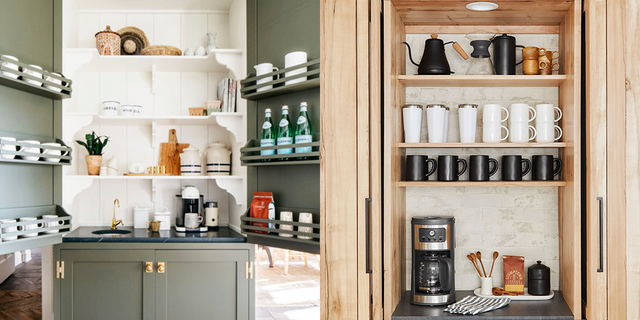The humble doorknob has become a symbol of danger in recent weeks, as we’ve learned exactly how long viruses can live on surfaces—Covid-19 can survive for two to three days on stainless steel, according to unpublished studies. This discovery has also led to renewed interest in copper as a tool for combating nasties.
Copper and copper alloys like brass, bronze, and copper-nickel, have long been known to have health benefits—but did you know these metals are naturally antimicrobial? Some research has even gone so far as to show that copper kills certain viruses on contact. Meaning they can’t be transferred to the next person who touches that copper doorknob. (This type of contact transmission is thought to be one way the novel coronavirus is spreading so quickly.)
“We’ve seen viruses just blow apart [on copper],” Bill Keevil, professor of environmental healthcare at the University of Southampton, told Fast Company this week. “They land on copper and it just degrades them.”
Brass hardware and fixtures could help prevent the spread of viruses.
Does this mean we should all immediately replace our hardware with on-trend brass? Well, not solely for medicinal purposes.
While there has been some research into the antimicrobial benefits of copper, the EPA has only shown its effectiveness against a few known viruses (including MRSA, Staph, and E-Coli), so it’s not something you can rely on to keep your home germ-free. (Here’s a list of EPA-recommended disinfectants for use against COVID-19).
Where it would be best deployed, according to Keevil, is in hospitals and medical facilities. His research follows up on work done by Dr. Phyllis J. Kuhn in the 1980s.
A copper-clad kitchen console divides a living area from a Dinesen timber staircase.
“Sleek and shining stainless steel doorknobs and push plates look reassuringly clean on a hospital door,” Kuhn wrote. “By contrast, doorknobs and push plates of tarnished brass look dirty and contaminating. But even when tarnished, brass—an alloy typically of 67% copper and 33% zinc—is bactericidal, while stainless steel—about 88% iron and 12% chromium—does little to impede bacterial growth.”
The scientific theory is that exposure to copper damages the structure of the viruses’ cells. “The process involves the release of copper ions (electrically charged particles) when microbes, transferred by touching, sneezing, or vomiting, land on the copper surface,” Keevil wrote in a research article—for which he received funding from the International Copper Association and the Copper Development Association.
A smoked eucalyptus door with brass fixtures.
Keevil goes on to demonstrate numerous studies to have shown that when copper alloy is used on “regularly touched surfaces in busy hospital wards and intensive care units,” combined with routine cleaning, there is up to a 90% reduction in live bacteria on those surfaces. Additionally, studies in three US intensive care units showed a 58% reduction in infection rates.
Soft, antique brass and rustic, rugged copper are durable, versatile, and beautiful materials—ideal for light fixtures, door hardware, faucets, and fittings in your home. But these metals could make the biggest difference (and potentially help prevent future pandemics) if we incorporated them into our hospitals and nursing homes.
Related Reading:
Here Are 18 Things You Can Do if You’re “Social Distancing” at Home
A Dramatic Copper Roof Funnels Light Into This Sculptural London Home







